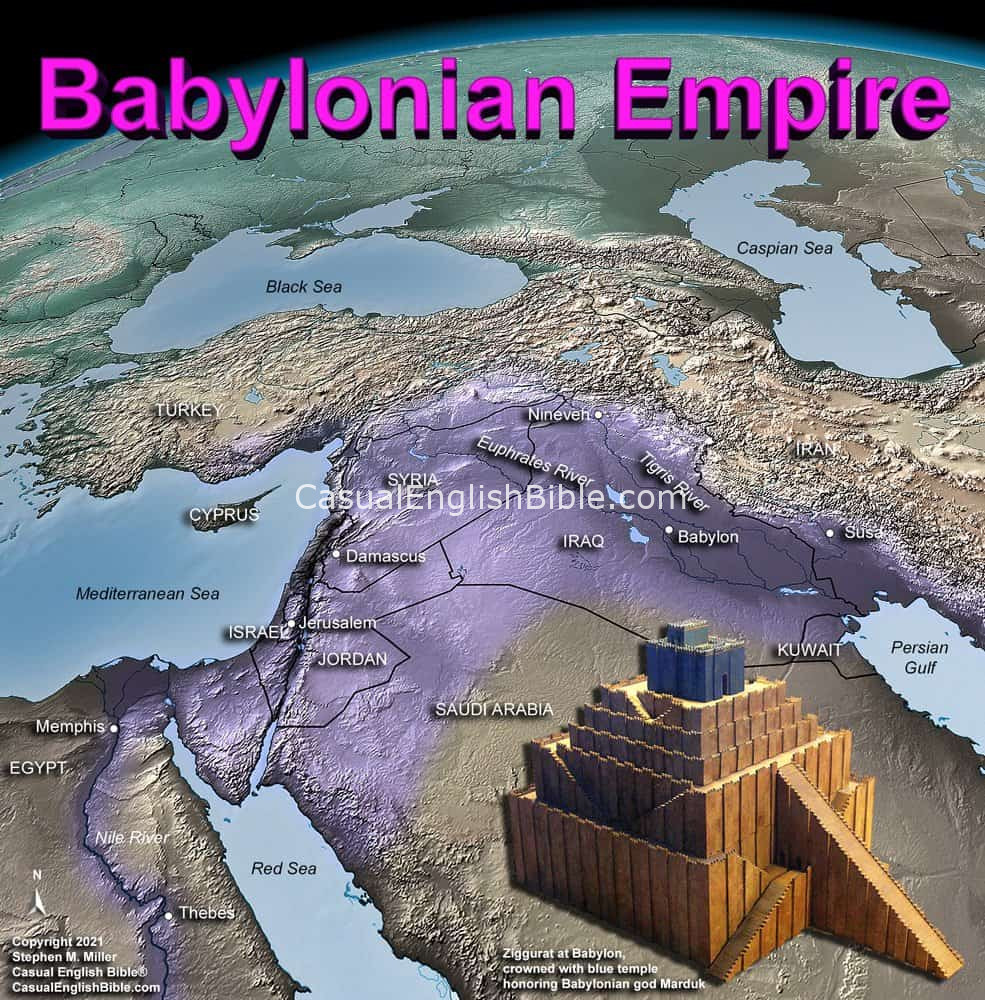Zechariah 5
Zechariah’s lady in a basket
The flying scroll sent special delivery
1I looked up and saw a scroll flying around. 2The angel said, “So, describe what you see.” I said, “I see a scroll flying above me. It’s about 10 yards long and five yards wide. [1]3The angel said, “This scroll carries a curse—special delivery—to thieves and liars all over Israel. One side of the scroll has a curse for thieves. The other side carries a curse for liars who swore by the LORD’s name. These thieves and liars haven’t been punished yet, but that’s about to change. They’ll be kicked out of the family of God’s people.
4The LORD of everyone says, “I’m sending this scroll into the houses of thieves and of liars who swore by my name. It will settle in and consume each house—every stick and stone from the roof to the dirt.”
Bushel of evil
5The angel said, “I want you to look up again and see what’s coming.”6I said, “What is that?” “He said, “It’s a bushel [2] basket full of Israel’s sin.” 7A lead lid covered the basket, and someone pulled the lid off. A woman was sitting there inside the basket. [3]
8The angel pulled the woman out and said, “This is what evil looks like.” Then he put her back in the basket and slapped the lid back on top.
9Then I looked up and saw two women flying toward the basket. With wings like a stork, they sailed in on the wind. They picked up the basket and carried it away. 10I asked the angel, “Where are they going?”
11He said, “Away from here. They’re taking it to Babylon, where it belongs. There, they’ll build a pagan shrine for it so people can worship it.”
Footnotes
About 9 by 4 ½ meters.
Literally an ephah, which is an ancient measure that’s smaller than a bushel. An ephah held about 20 quarts (22 liters) of grain, compared to 32 quarts (35 liters) in a bushel.
Not likely a flesh-and-blood woman since the basket was just a little more than half the size of a bushel. That would hold Baby Moses, perhaps, but not his mother. Some scholars suggest Zechariah’s original readers would have understood the woman to represent a fertility goddess. Some worshipers who wanted more children or bigger flocks or bumper crops of grain would go to shrines and worship a fertility god like Baal or a goddess like Ishtar. In some cases, worship reportedly involved sex rituals with shrine prostitutes and priests. But in Israel’s case, the core of the sin wasn’t sex. It was the people’s unfaithfulness to God and the breaking of their covenant with God—their promise to worship him alone (Exodus 20:3-4).
Discussion Questions
- Sorry, there are currently no questions for this chapter.






